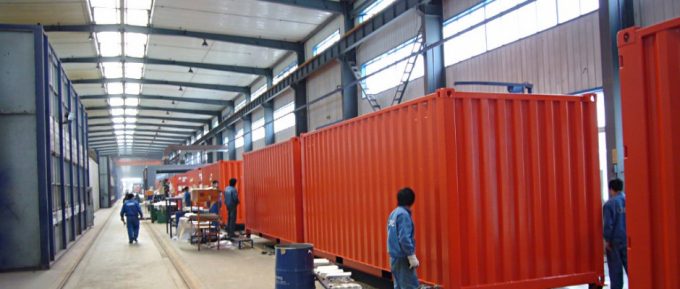Triton shareholders approve Brookfield deal
(This deal, worth $13.3bn in enterprise value, was announced in mid-April.) PRESS RELEASE Triton International Shareholders ...

For the first time in a decade, the world container fleet is likely to be getting smaller, in the fallout from the coronavirus pandemic.
New research from Drewry Maritime Advisors suggests that, despite warnings from freight service providers that global maritime supply chains are likely to come under increasing pressure due to a shortage of equipment, it appears Chinese box manufacturers have substantially cut production to maintain prices.
According to Drewry, global container manufacturing – both dry boxes and reefer units – ...
Asia-USEC shippers to lose 42% capacity in a surge of blanked sailings
USTR fees will lead to 'complete destabilisation' of container shipping alliances
Outlook for container shipping 'more uncertain now than at the onset of Covid'
New USTR port fees threaten shipping and global supply chains, says Cosco
Transpac container service closures mount
DHL Express suspends non-de minimis B2C parcels to US consumers
Zim ordered to pay Samsung $3.7m for 'wrongful' D&D charges
Flexport lawsuit an 'undifferentiated mass of gibberish', claims Freightmate

Comment on this article